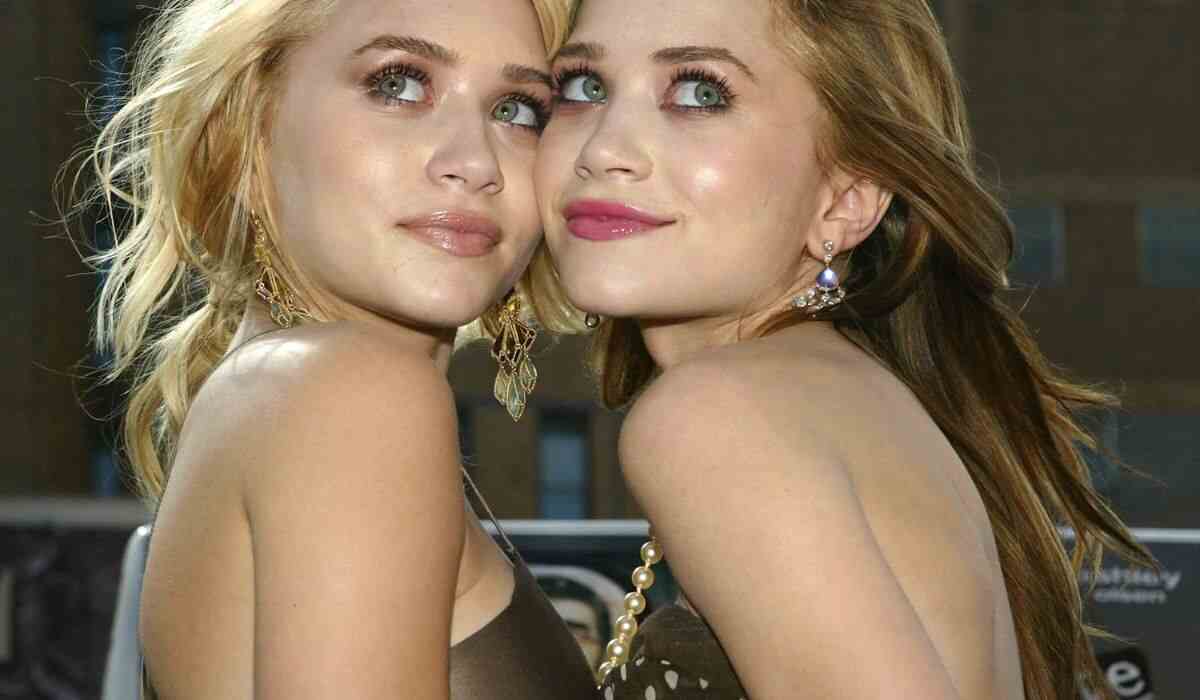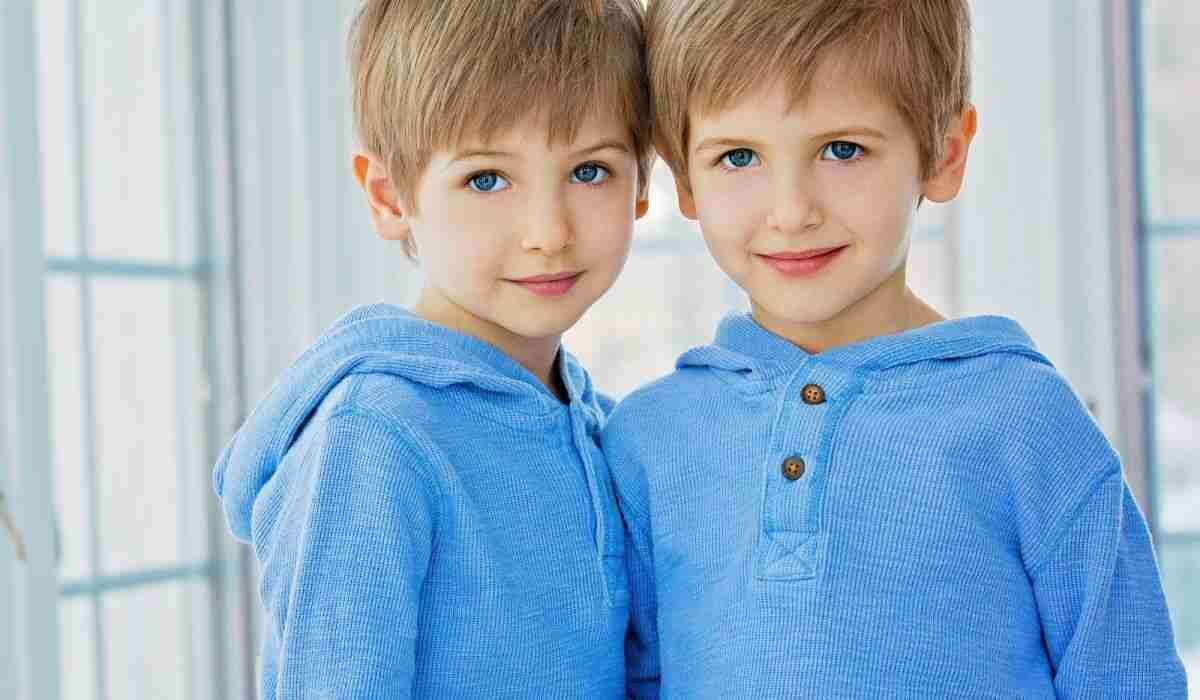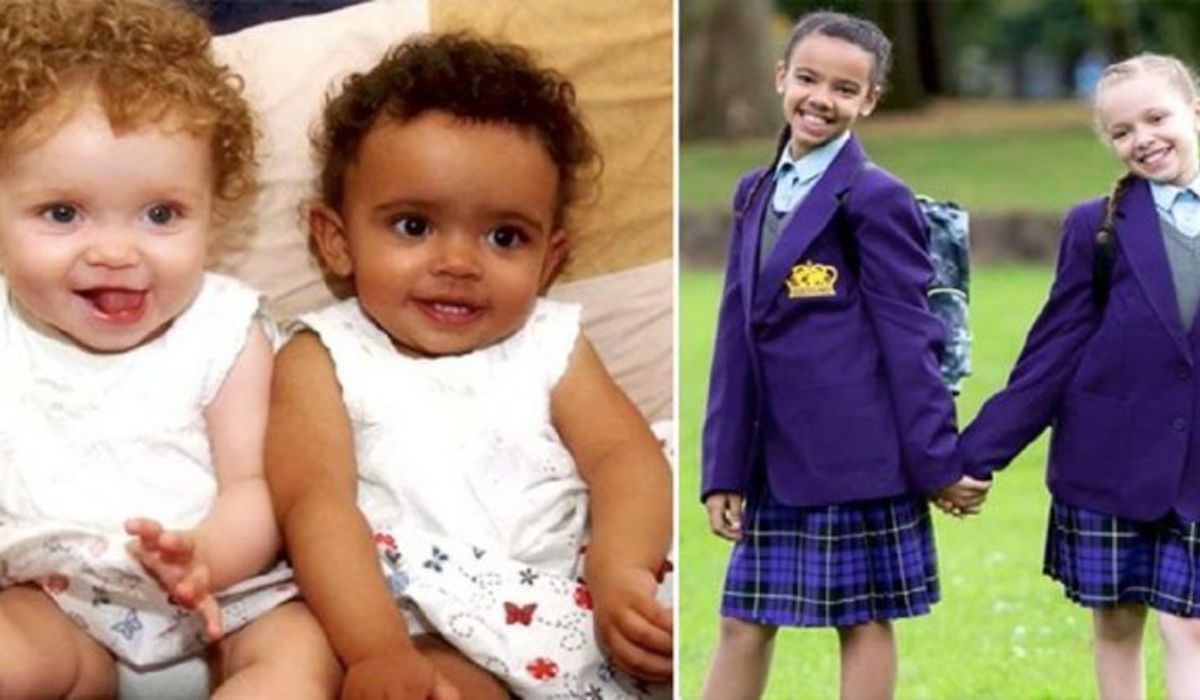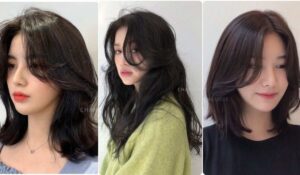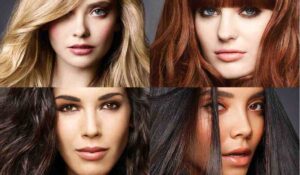Identical twins have different hair colors due to variations in gene expression. Environmental factors and individual experiences can influence the activation of certain genes, leading to distinct hair colors among identical twins.
Have you ever wondered if identical twins can defy the odds and have different hair colors? It turns out, that genetics plays a fascinating role in determining our appearance, but the mystery of varied hair hues in identical twins adds an intriguing twist to the story. Let’s unravel the surprising science behind why these genetic duplicates might sport distinct shades of their crowning glory.
Yes, identical twins can have different hair colors. While they share the same genetic makeup, external factors such as environmental influences and random genetic mutations can cause variations in hair color. This means that even though twins may start with similar hair colors, over time, differences can emerge, resulting in distinct and unique hair hues for each twin.
Fraternal Twin
Fraternal twins are a special type of siblings who are born at the same time but don’t look exactly alike. Unlike identical twins, who come from a single fertilized egg that splits into two, fraternal twins develop from two separate eggs fertilized by two different sperm. This means that fraternal twins share about 50% of their genes, just like any other siblings.
They can be of the same gender or different genders, and their physical appearances can be as similar or as different as any siblings in a family. Fraternal twins, also known as dizygotic twins, bring double the joy and uniqueness to a family, each with their distinct personalities and characteristics.
What Causes Identical Twins?
Fertilized Egg: Identical twins, also called monozygotic twins, start with a single fertilized egg from the mother.
Early Splitting: During the early days of pregnancy, the fertilized egg undergoes a spontaneous split into two separate embryos.
Shared DNA: Since the embryos come from the same original egg, they share the same genetic material, making them genetically identical.
Mirrored Development: As the pregnancy progresses, each embryo develops into a baby with remarkably similar features, leading to the characteristic resemblance of identical twins.
Unique Occurrence: The splitting of a fertilized egg is a rare and natural event, making identical twins a unique and fascinating phenomenon in human biology.
Identical Vs Fraternal Twins
| Characteristic | Identical Twins | Fraternal Twins |
| Origin | Result from a single fertilized egg splitting. | Develop from two separate fertilized eggs. |
| Genetic Similarity | 100% identical DNA, same gender. | Share about 50% of their DNA, can be different genders. |
| Placenta and Amniotic Sac | May share a placenta and/or amniotic sac. | Have separate placentas and amniotic sacs. |
| Rate of Occurrence | Less common, occurring in about 1 in 250 births. | More common, occurring in about 1 in 90 births. |
| Hereditary Factor | Not influenced by hereditary factors. | May run in families, influenced by maternal genetics. |
The Basis Of Hair Color In Identical Twins
In identical twins, the basis of hair color lies in their shared genetic makeup. Twins inherit their genes from the same set of parents, which includes genes responsible for hair color. These genes determine the production and distribution of melanin, the pigment that gives hair its color.
Variations in these genes can result in different hair colors, even among identical twins. Genetics play a significant role, environmental factors can also influence hair color over time. Despite sharing the same DNA, subtle differences in gene expression and environmental exposures can lead to variations in the hair color of identical twins as they grow and develop.
Identical Twins Have Different Natural Hair Colours
It’s fascinating how identical twins, who share the same genes, can have different natural hair colors. Even though their genetic makeup is nearly identical, subtle variations can occur during development. This happens because genes interact with environmental factors, leading to differences in the expression of traits.
Their similarities may be striking, the unique combination of genetic and environmental influences can result in one twin having blonde hair, for example, while the other twin might have brown hair. It’s a beautiful reminder of the intricate and unpredictable nature of genetics.
Identical Twins Have Different Hair And Eye Color
Even though identical twins share the same DNA, they can have different hair and eye colors. This happens because genes provide a blueprint for our traits, but environmental factors can also play a role.
For example, exposure to sunlight can influence hair color, and other factors can affect eye color. So, even though twins may look very similar, subtle differences in their appearance can still exist due to these genetic and environmental variations.
Frequently Asked Questions
Do genetics play a role in identical twins having different hair colors?
Absolutely. While identical twins have nearly identical DNA, subtle differences in gene expression, mutations, or interactions with other genes can result in variations in hair color.
Can identical twins’ hair color change over time?
Yes, identical twins’ hair colors can change over time. Environmental factors, aging, or hormonal changes can influence the expression of certain genes, leading to shifts in hair color.
Are there cases where identical twins have the same hair color?
Yes, identical twins can have the same hair color, especially if they share similar life experiences and environmental influences that don’t lead to significant variations in gene expression for hair color.
Conclusion
The fascinating phenomenon of identical twins having different hair colors stems from the intricate interplay of genetics and environmental factors. While these twins share nearly identical DNA, subtle variations in gene expression and environmental influences during development can lead to diverse hair pigmentation.
This captivating aspect of biology showcases the complexity and uniqueness within seemingly identical individuals, highlighting the marvels of nature’s intricate design. The study of such phenomena not only enhances our understanding of genetics but also underscores the beauty of individuality within a shared genetic framework.
